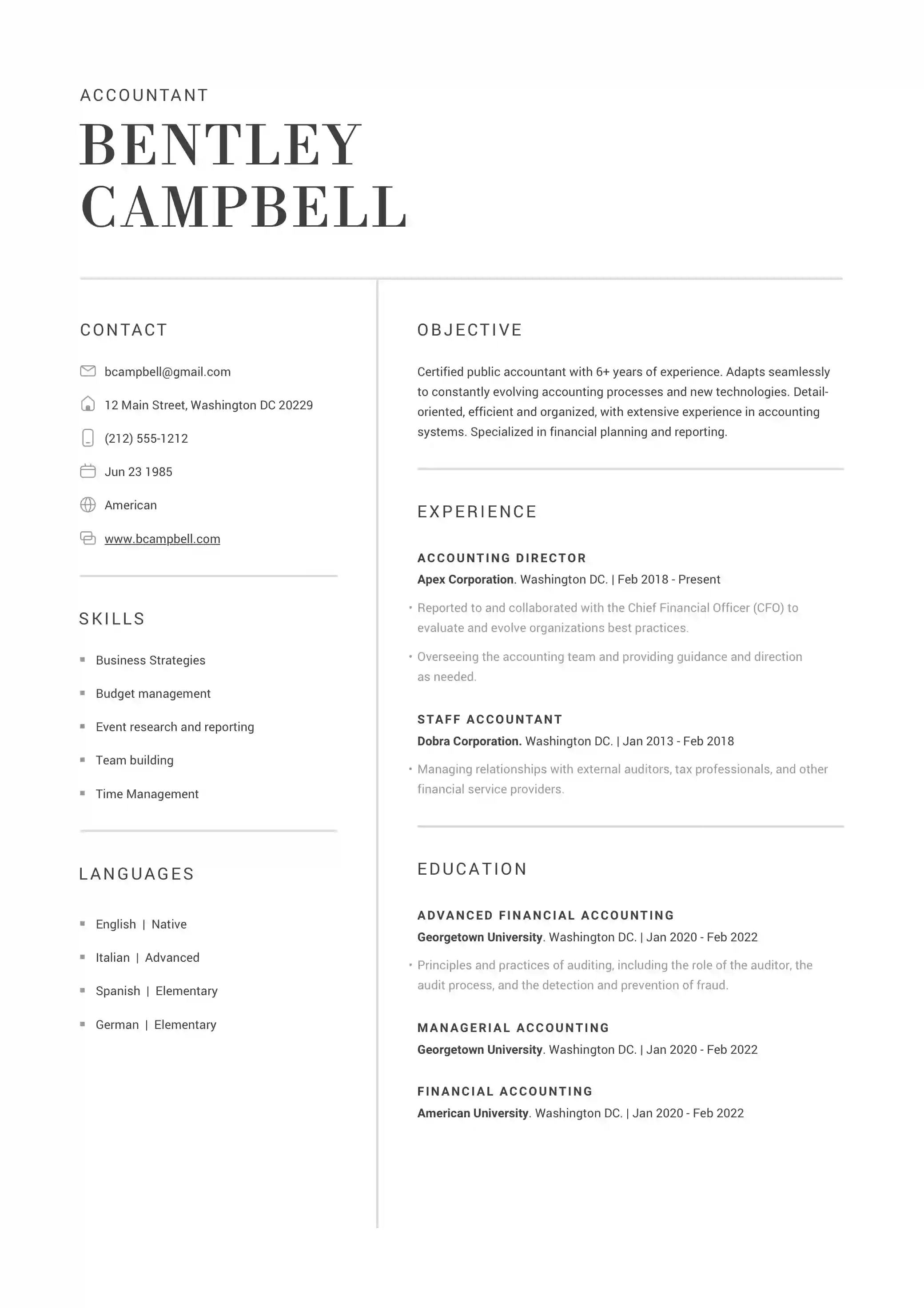
How to include your academic and professional publications.
Reviewed by Certified Professional Resume Writer Updated on April 30, 2024 Written by Resume and Cover Letter Experts
Increase the possibility of getting the job you want with our professional resume templates

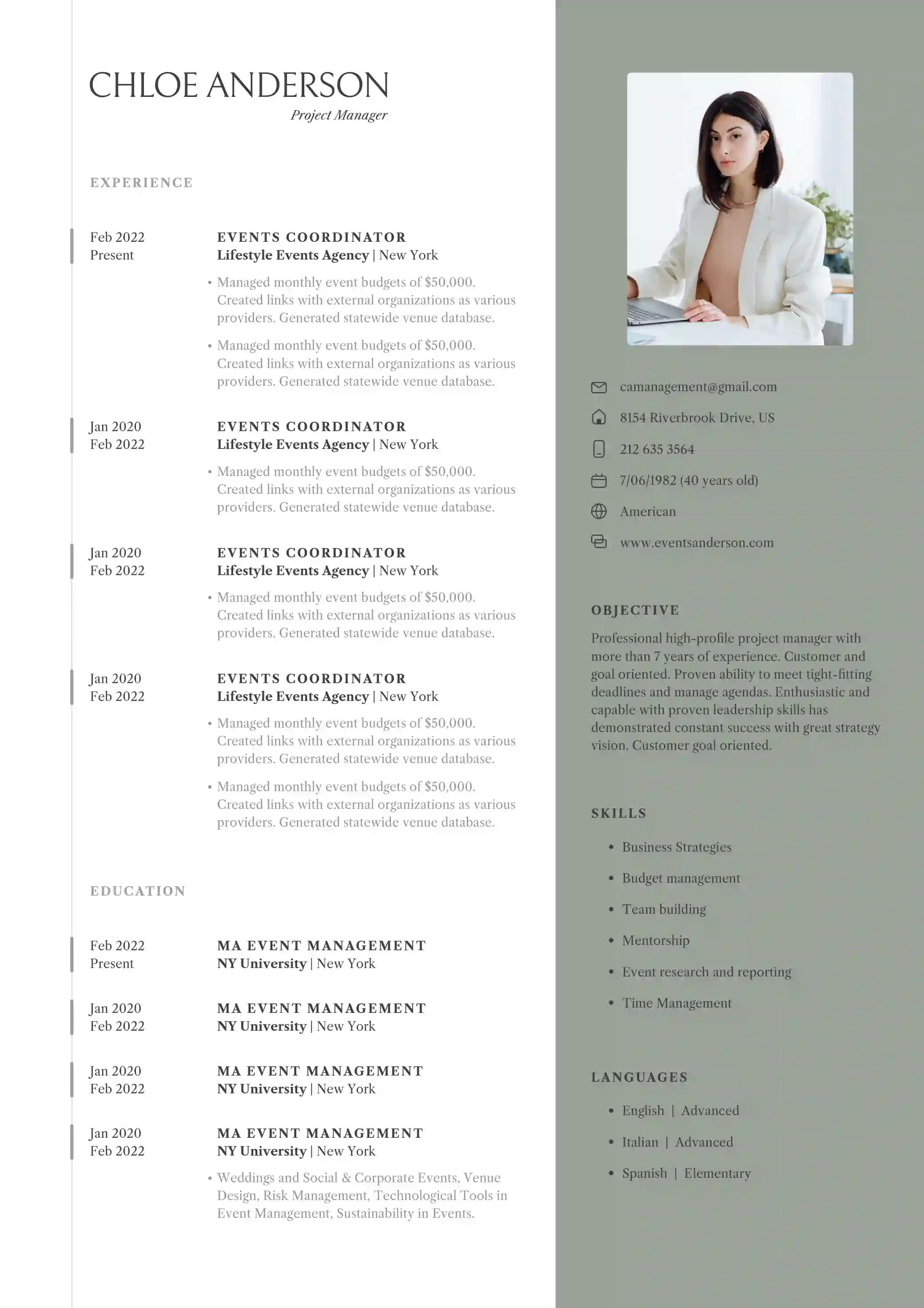
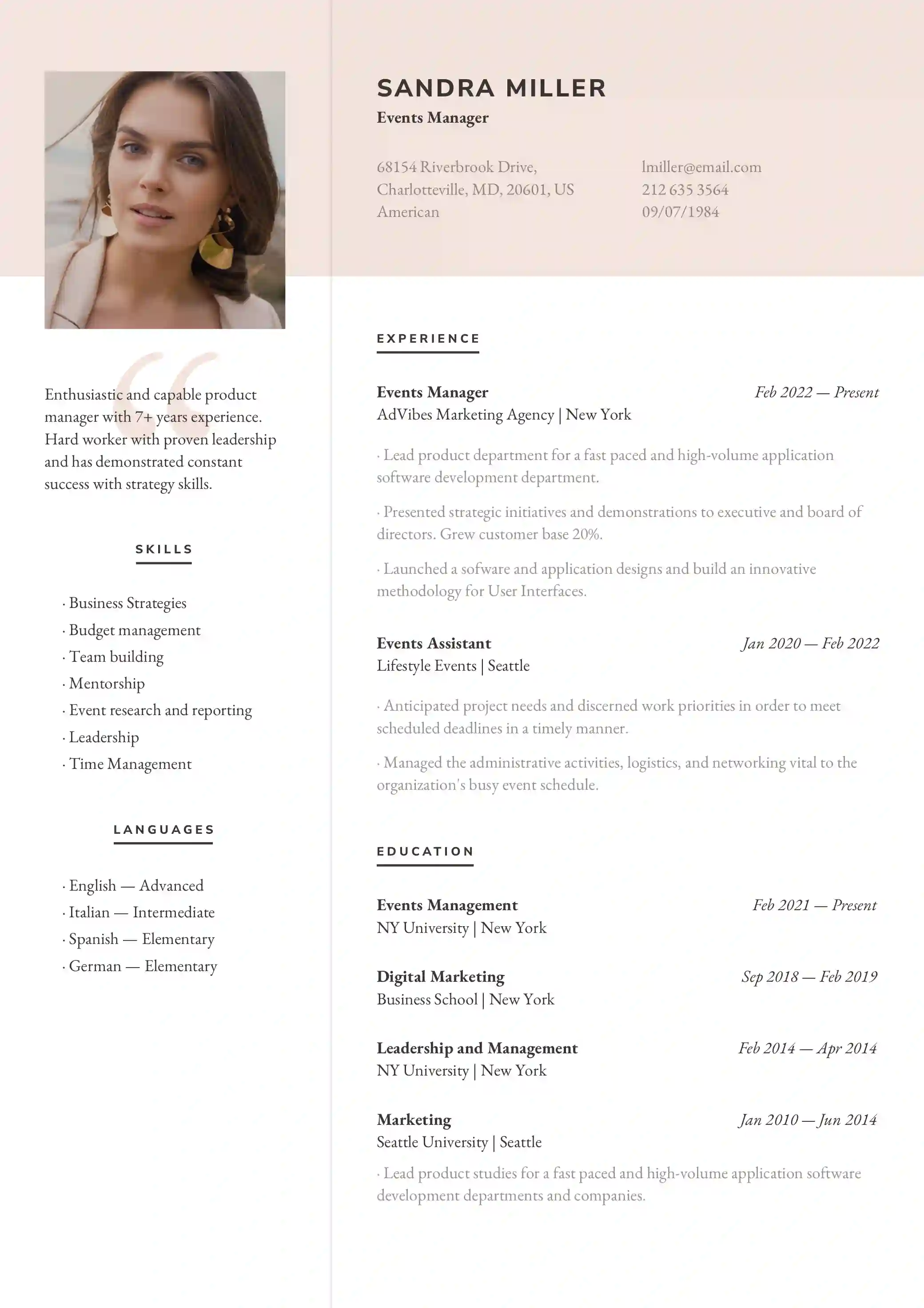
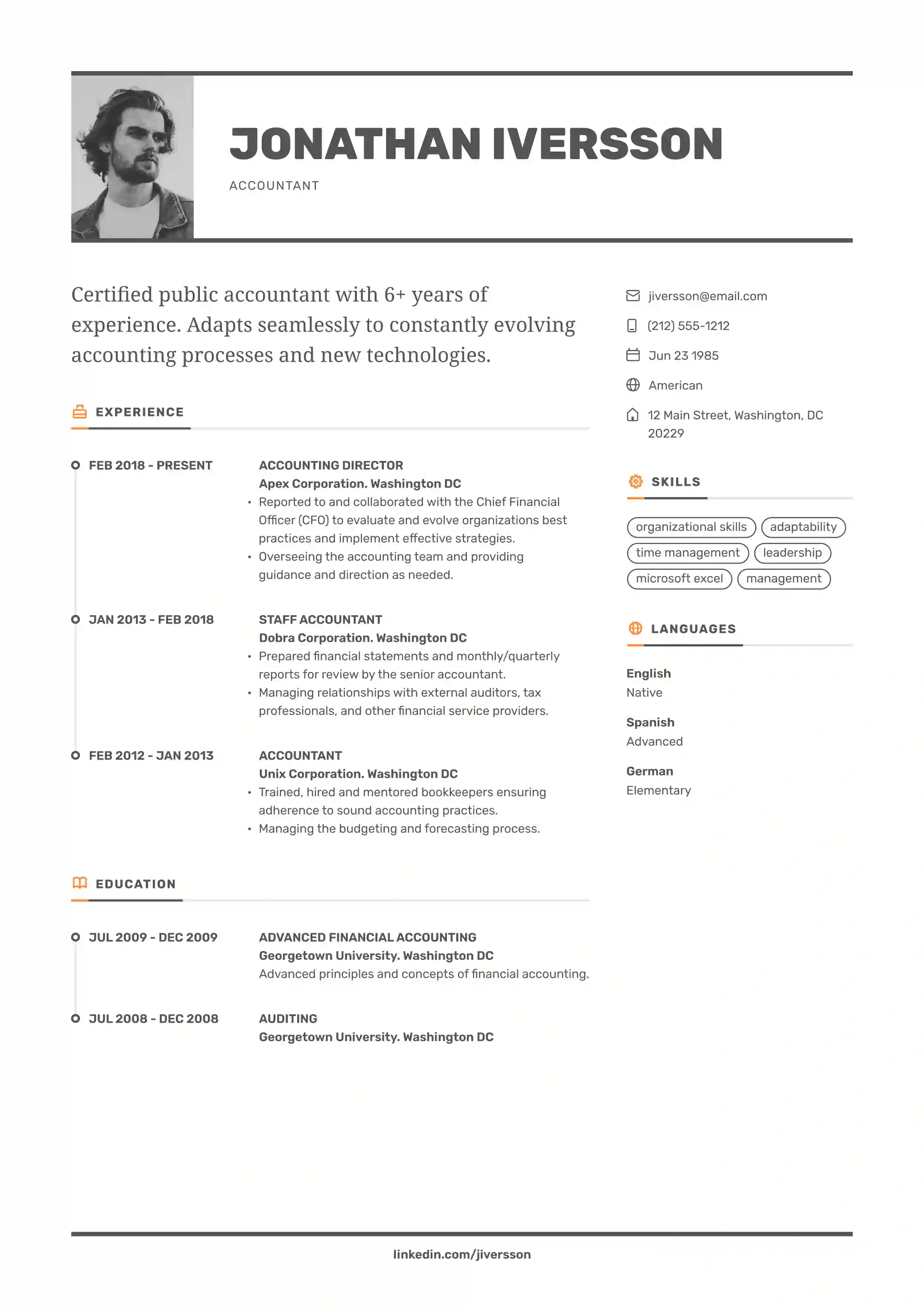
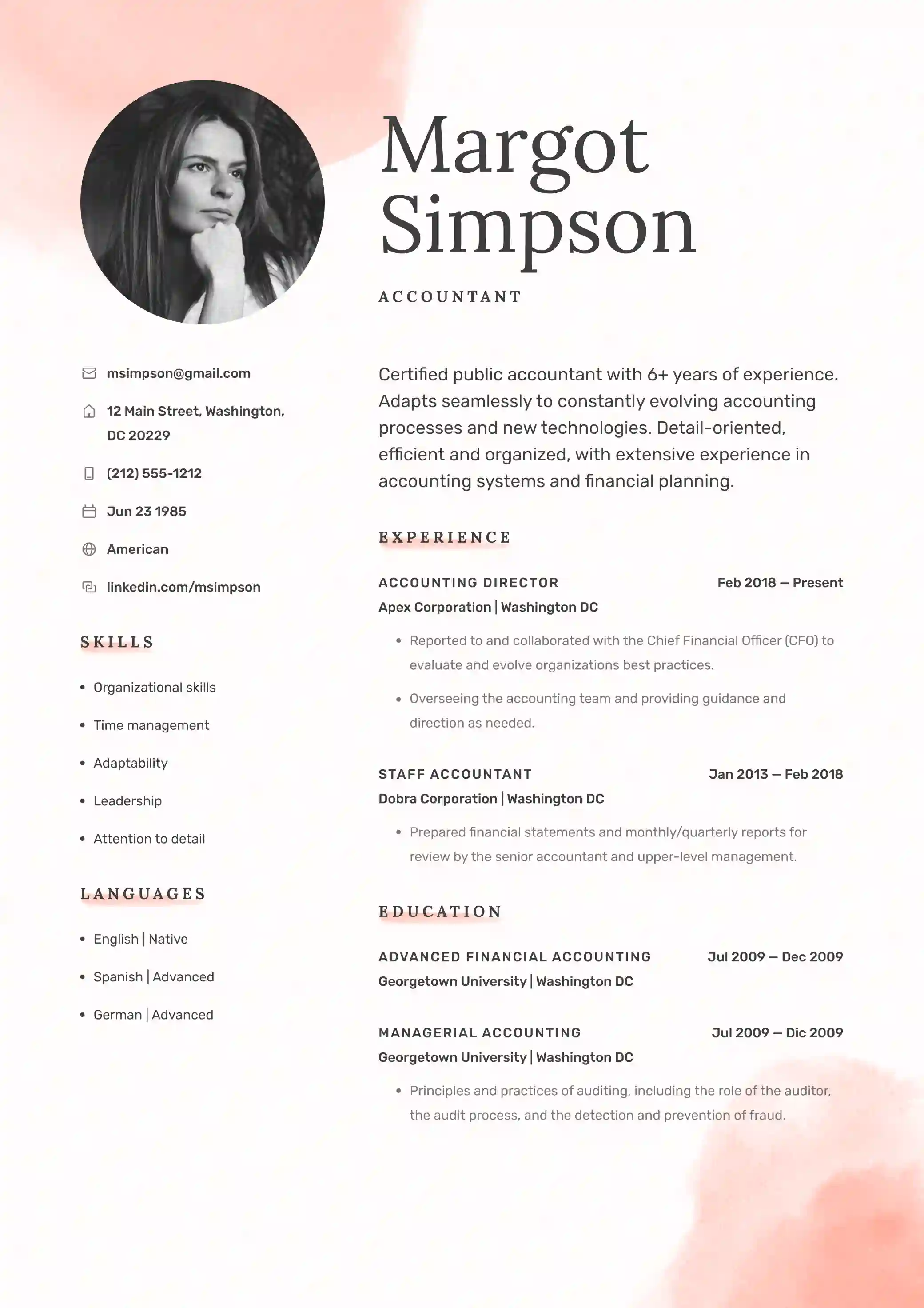
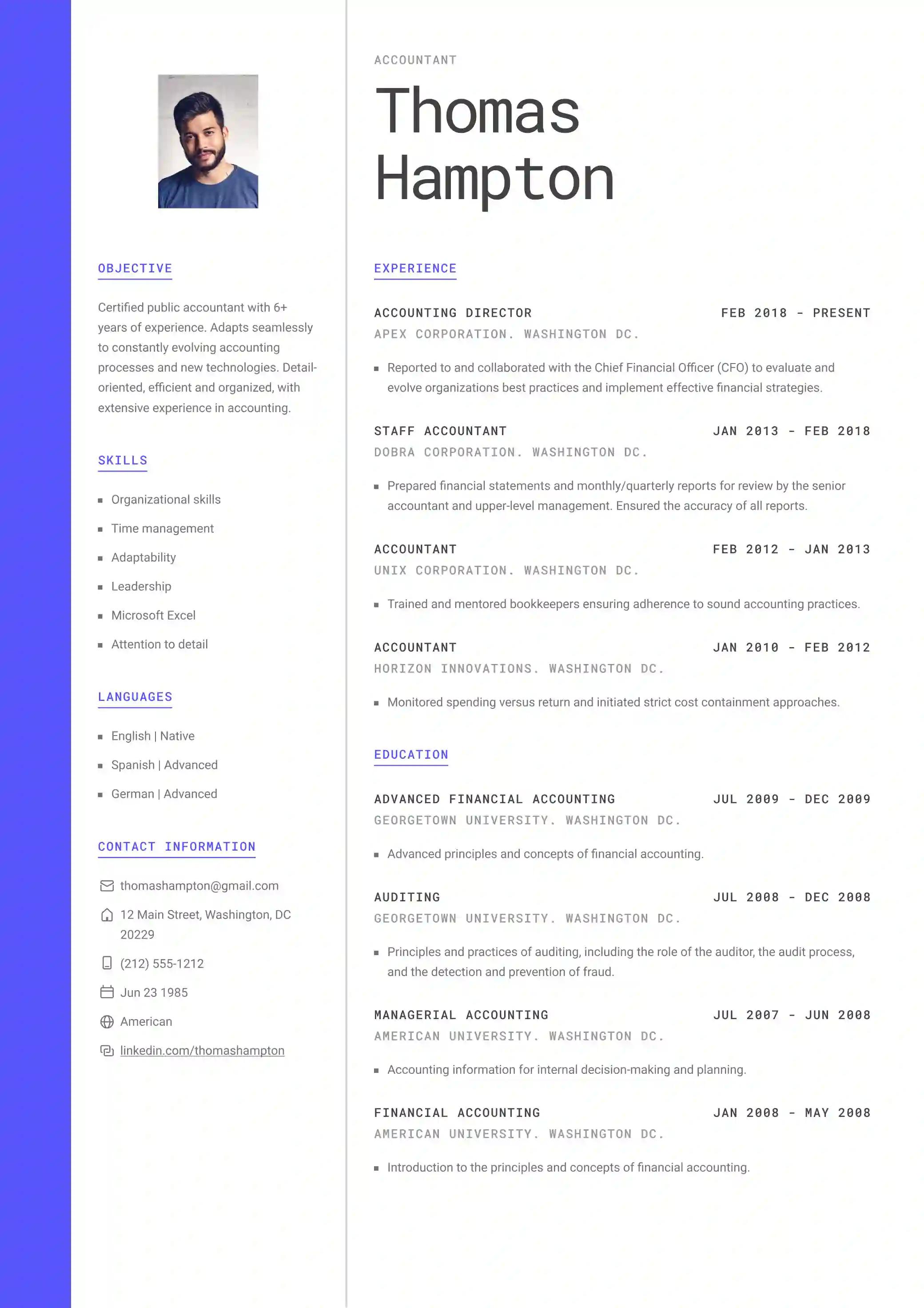
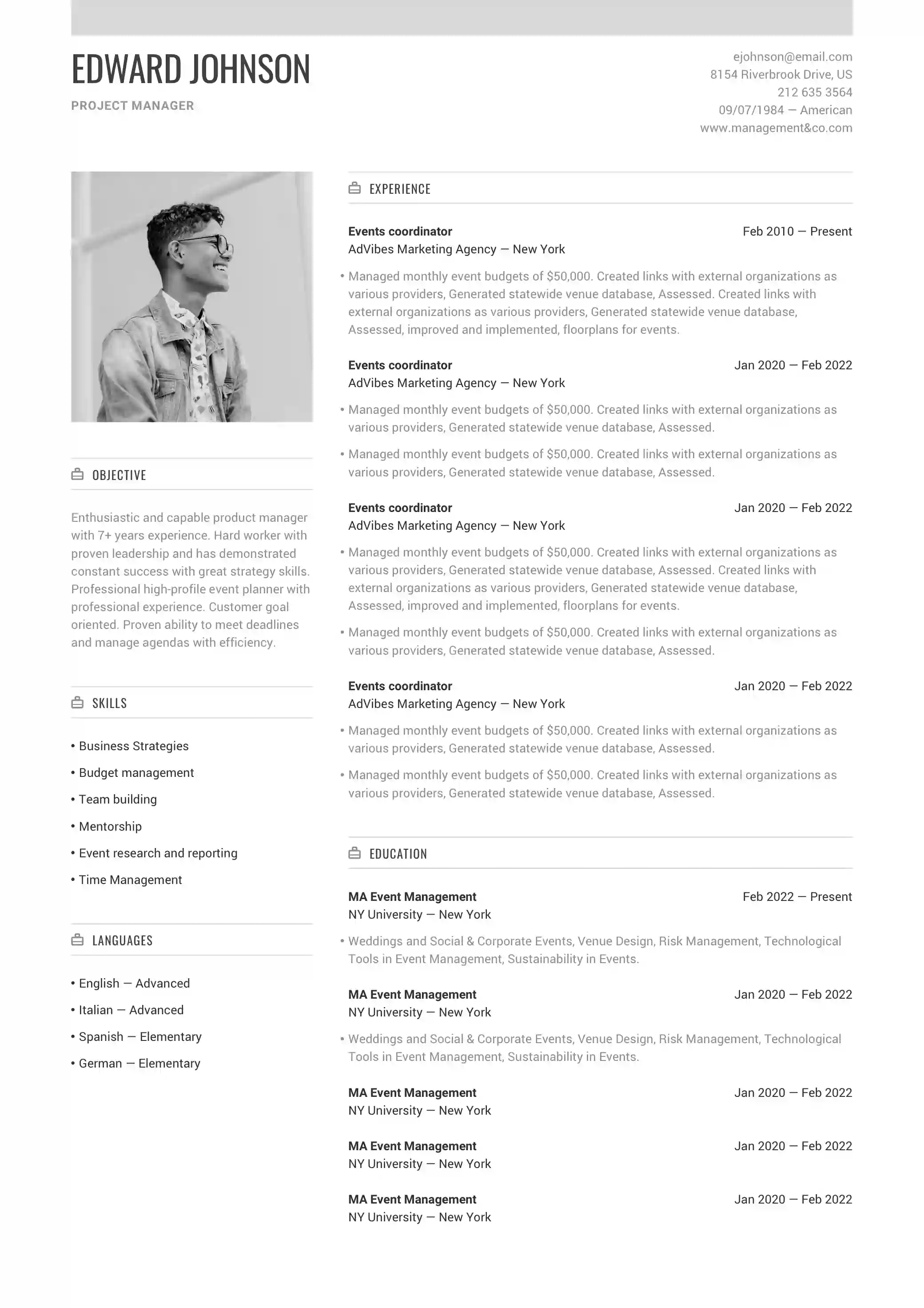
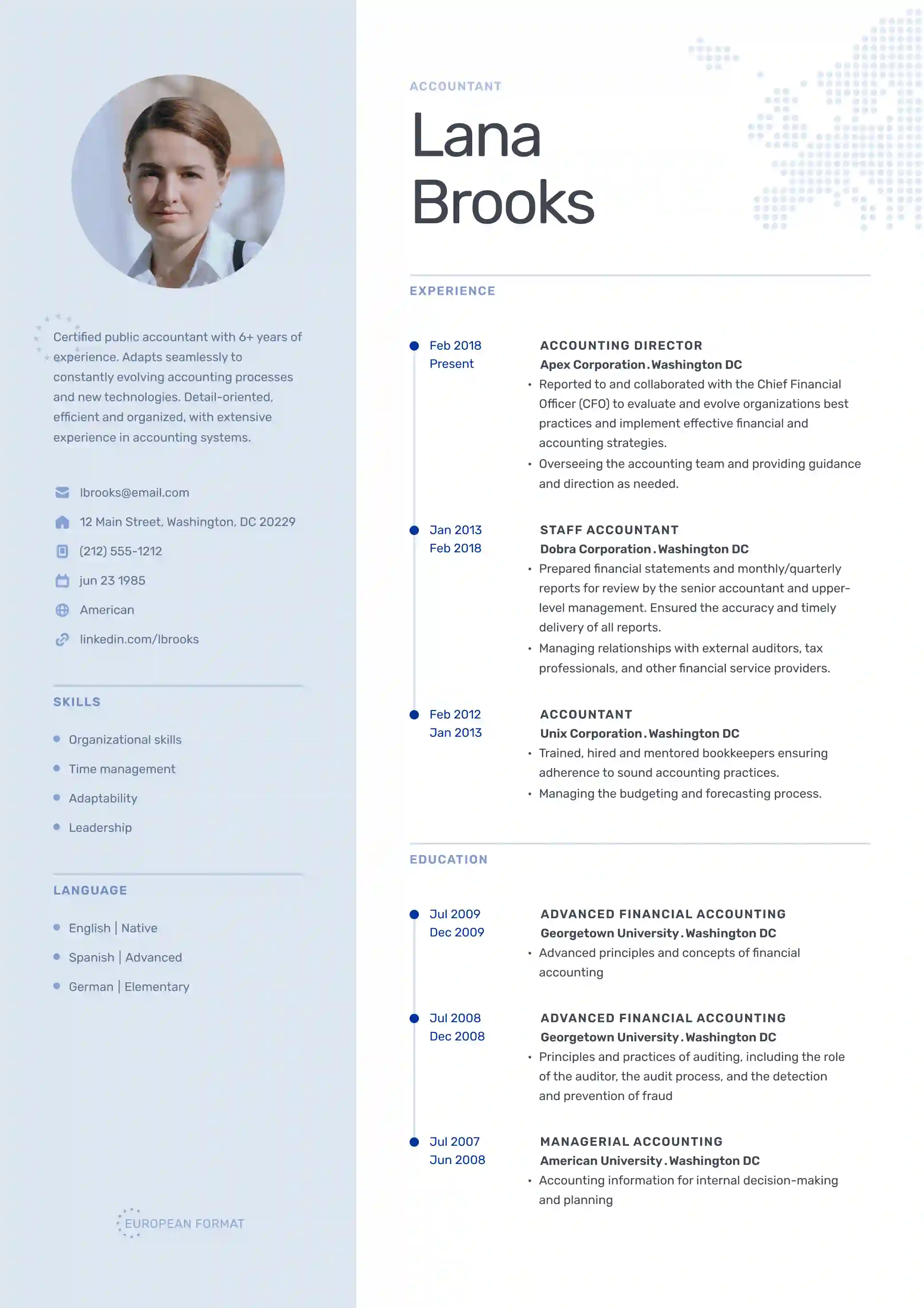
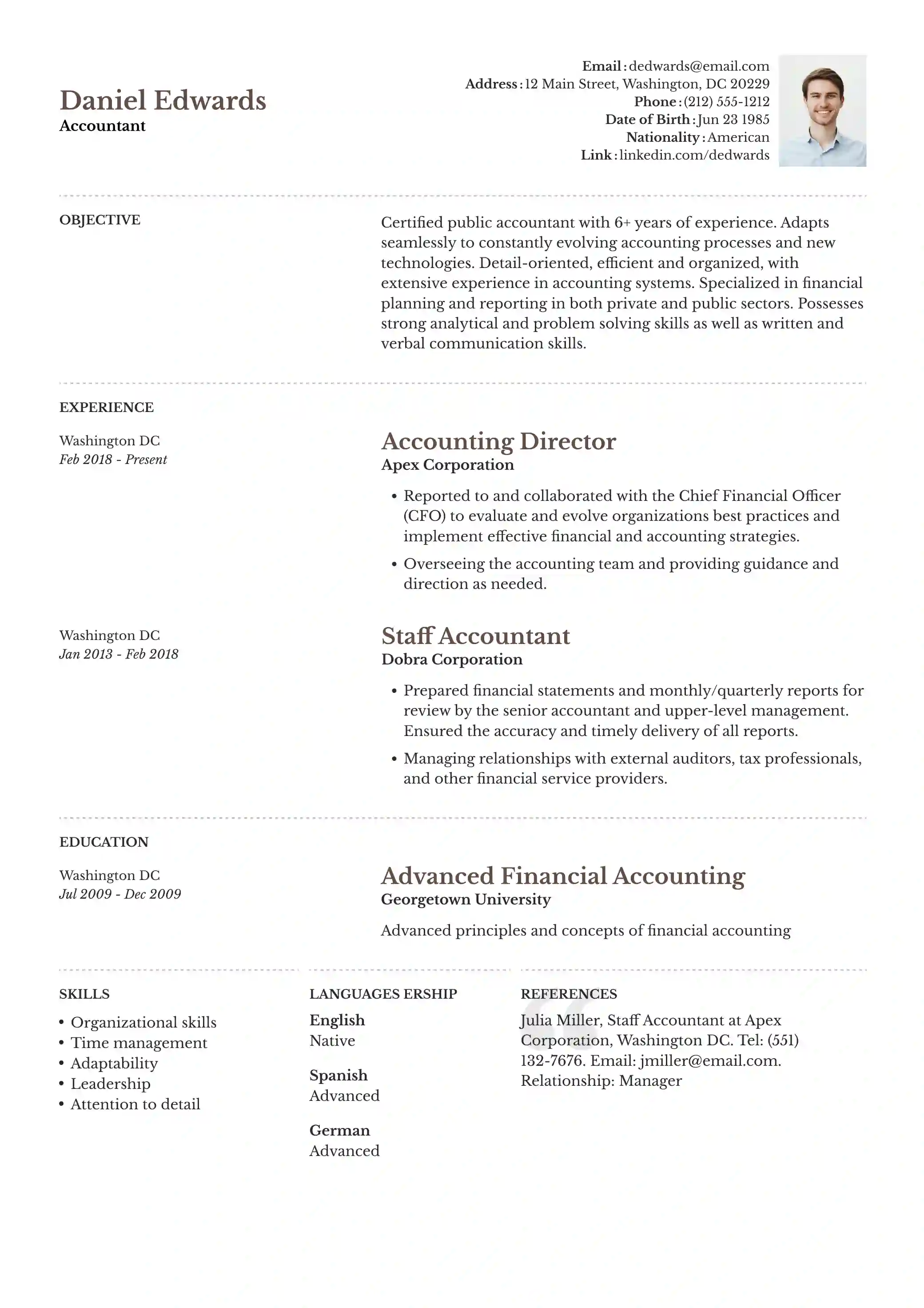
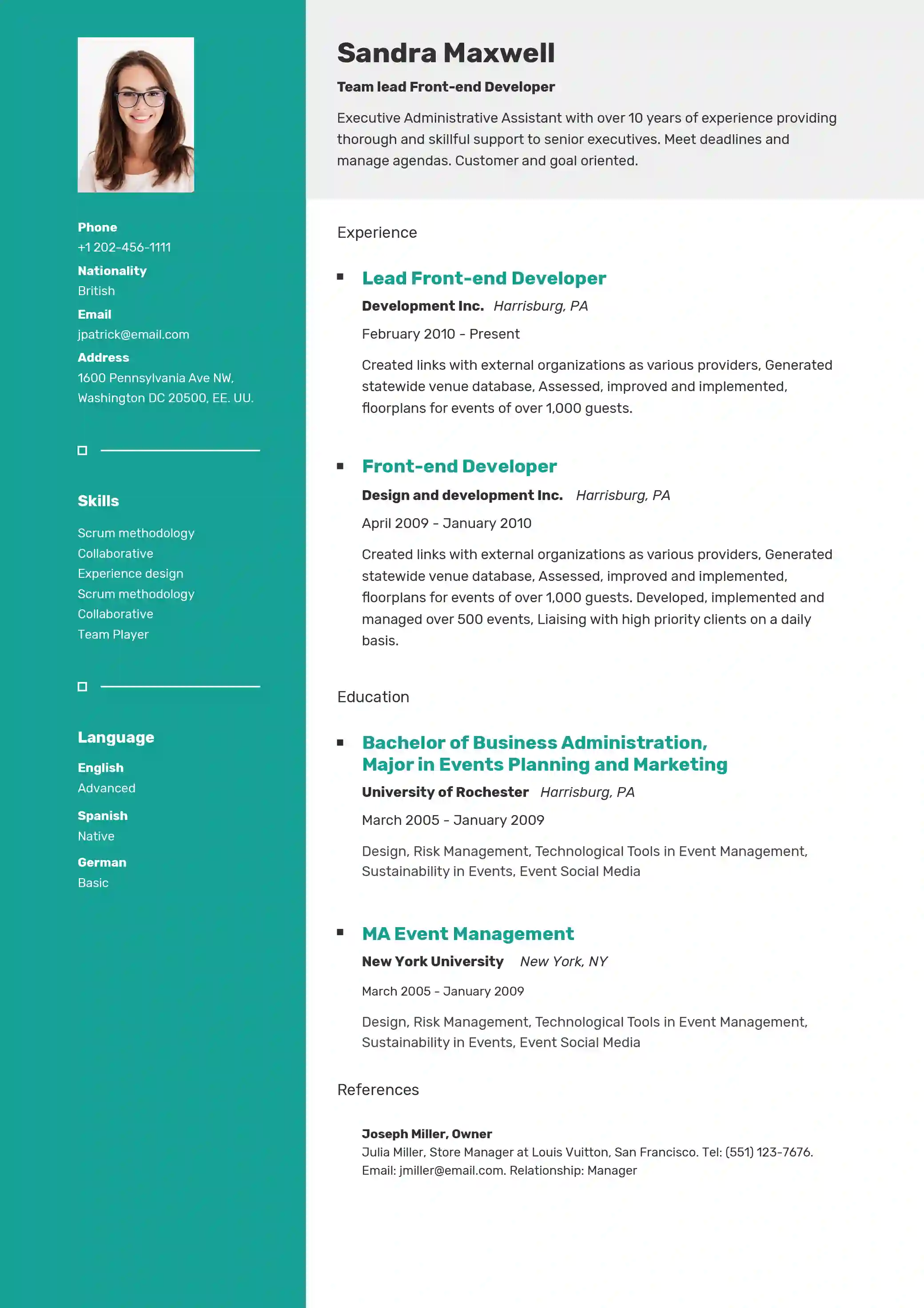
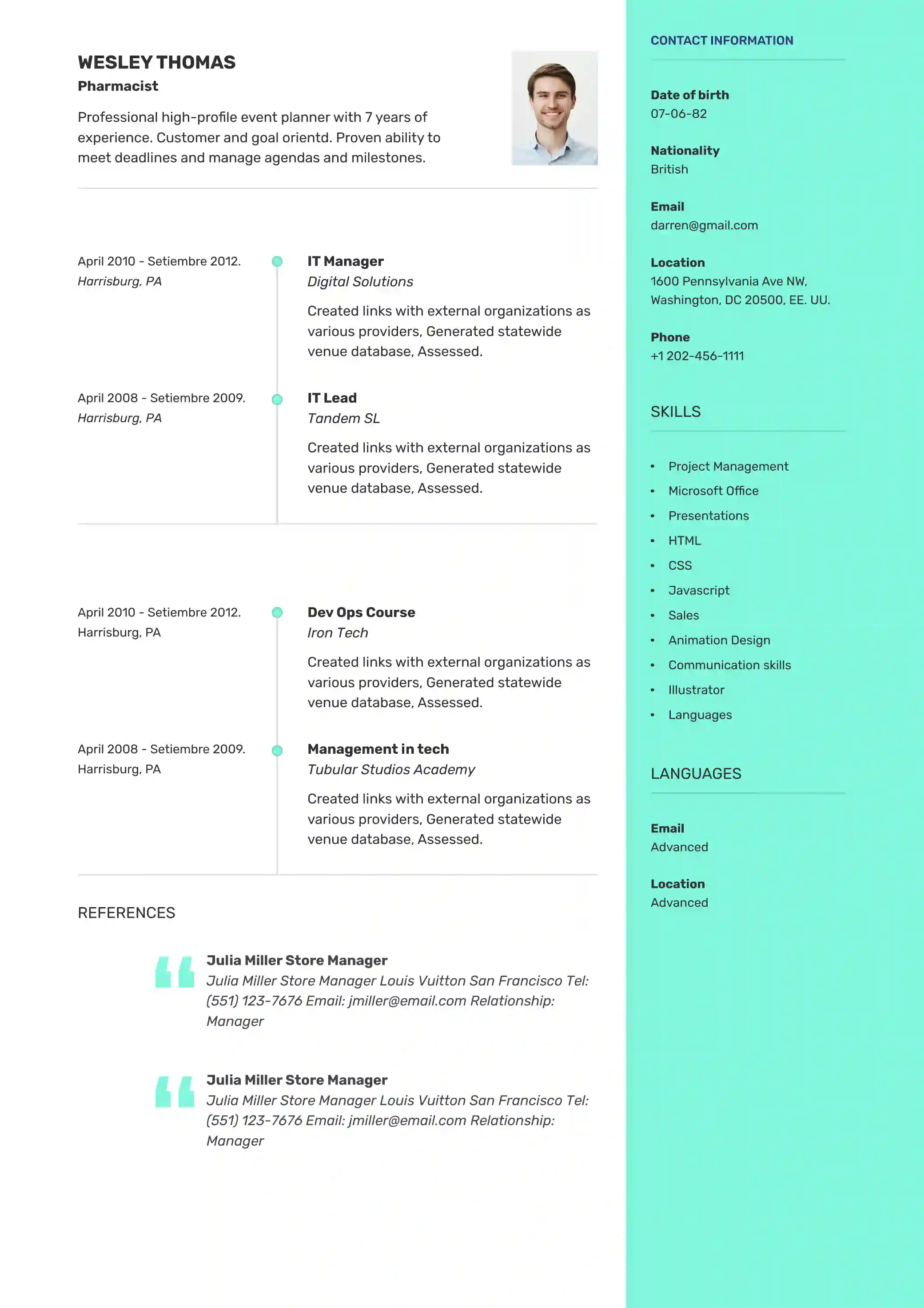
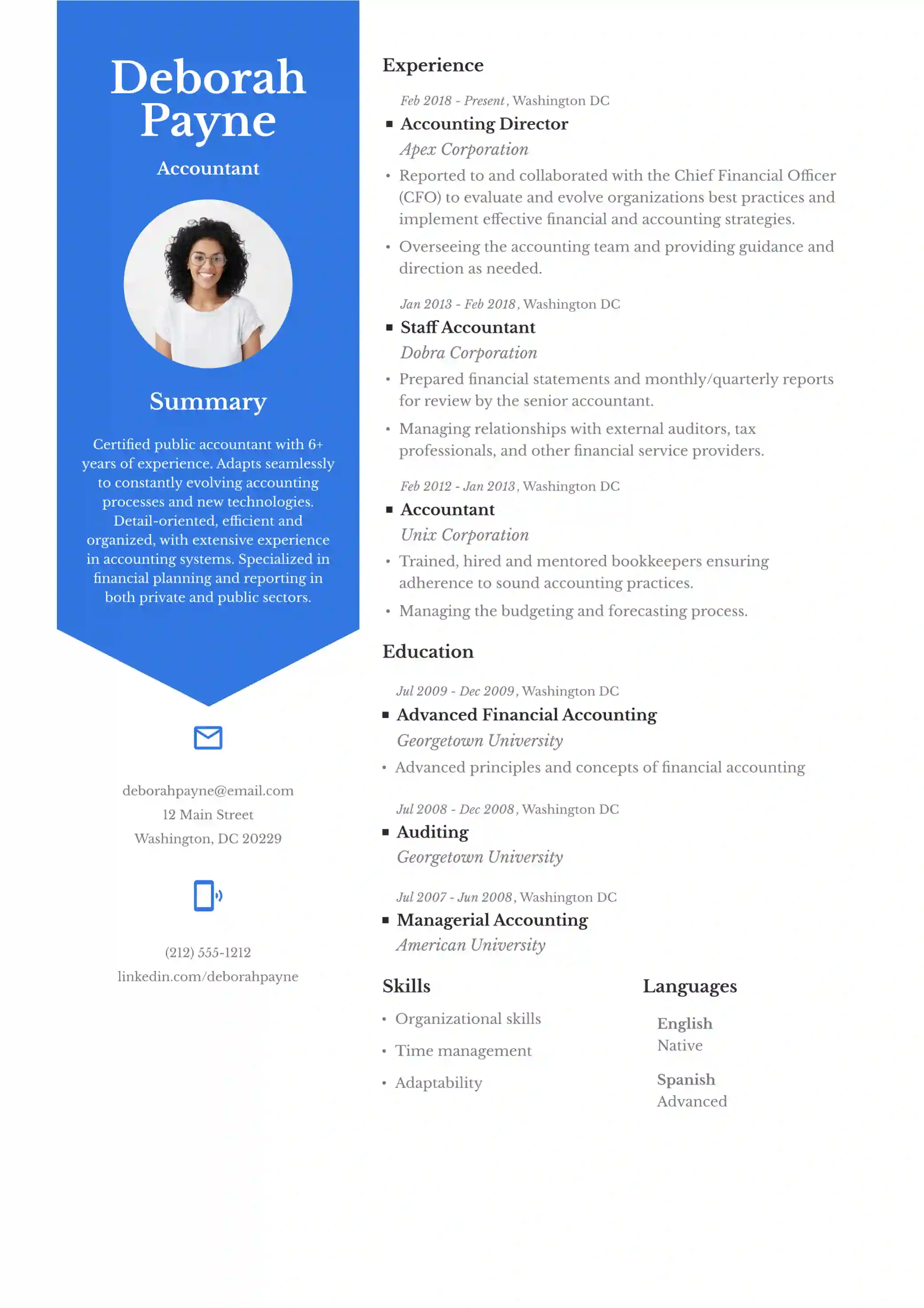
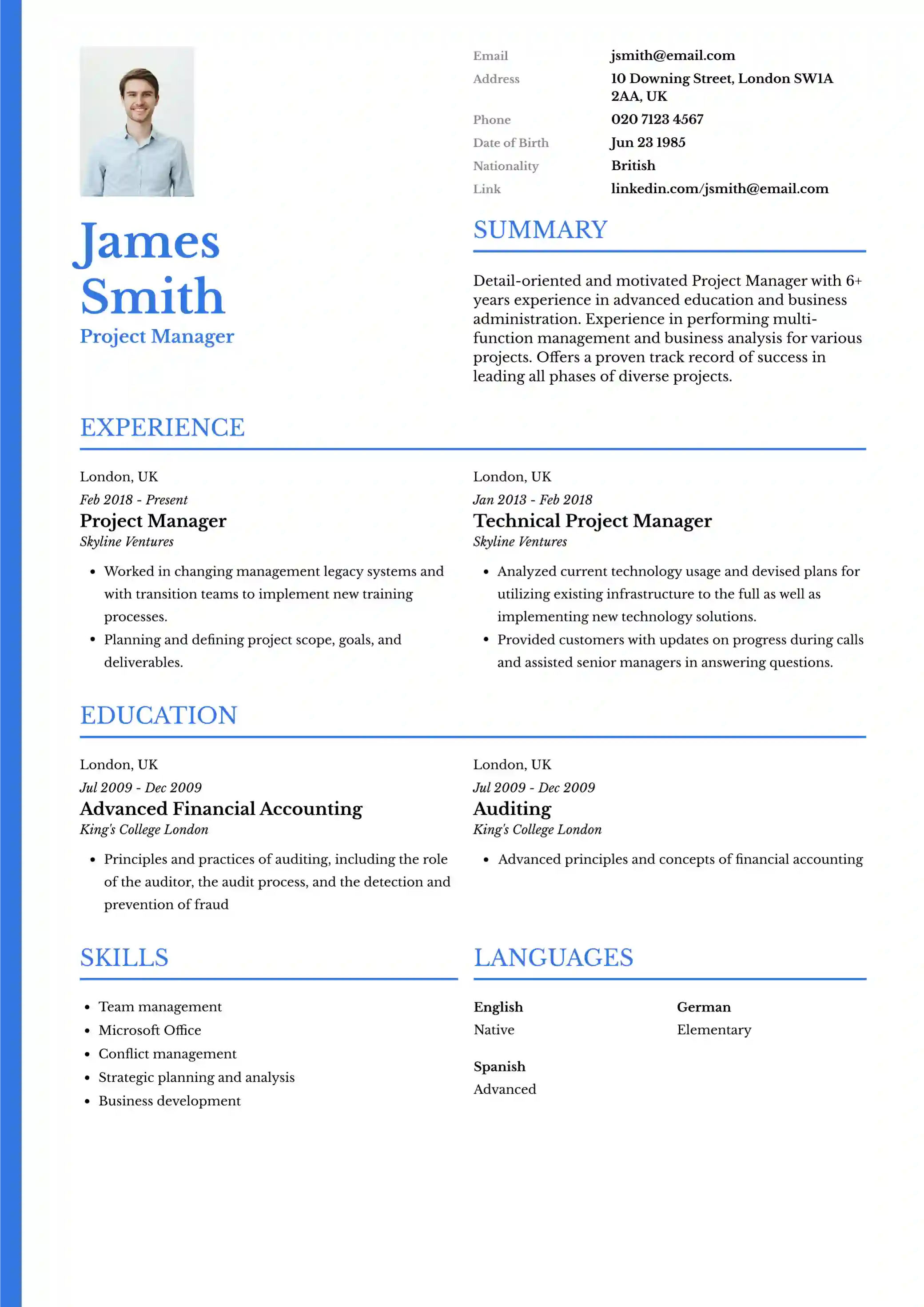
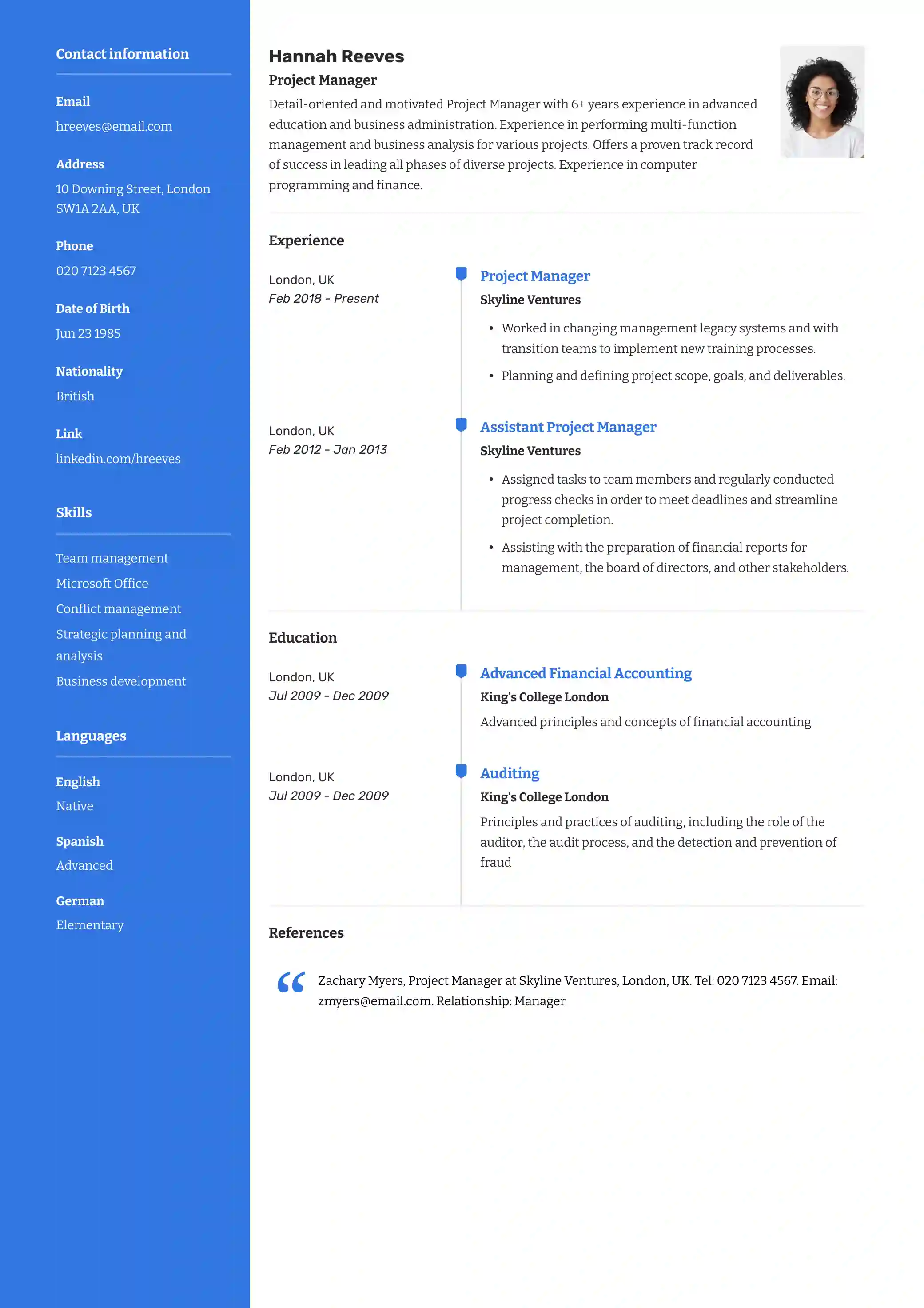
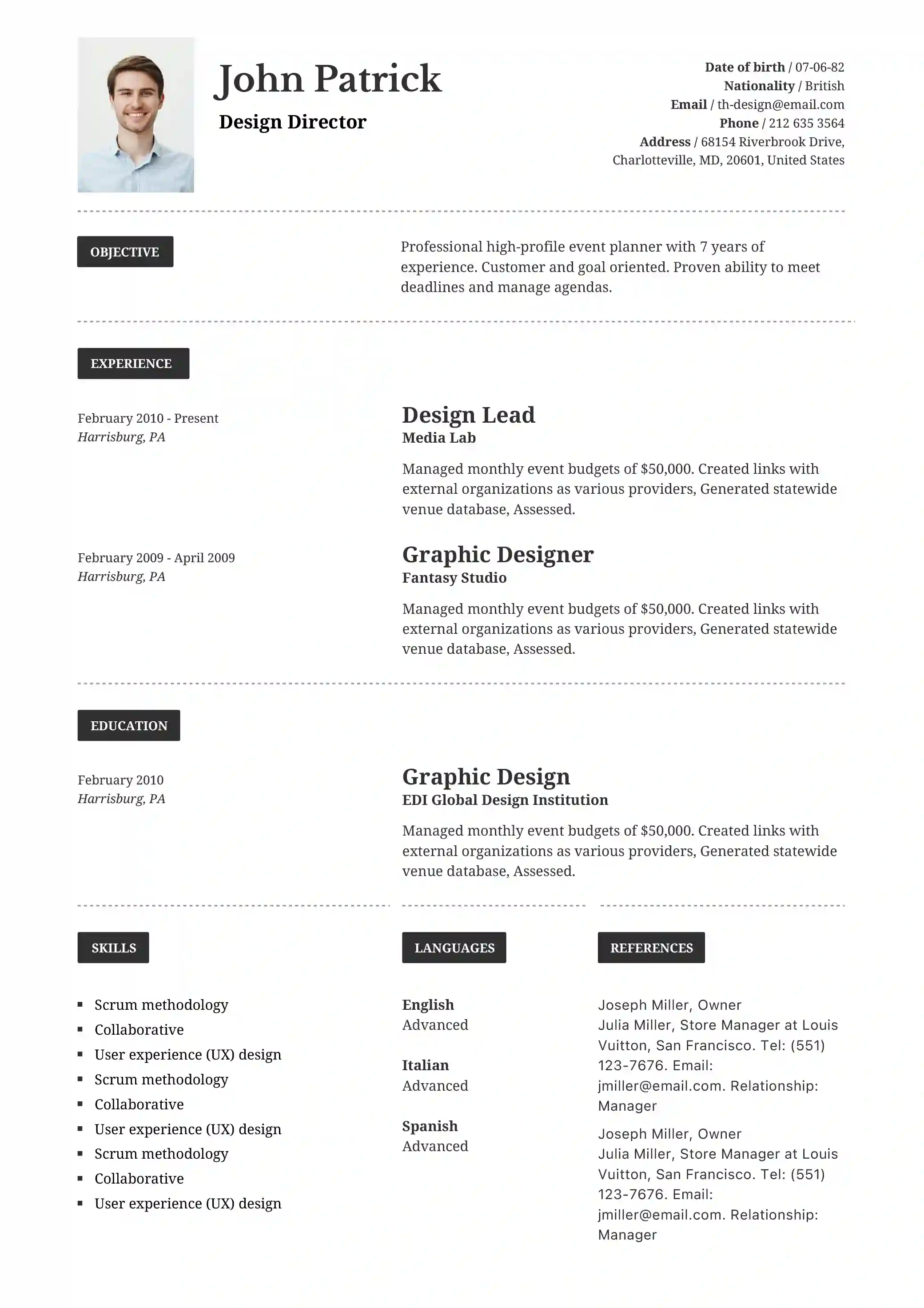
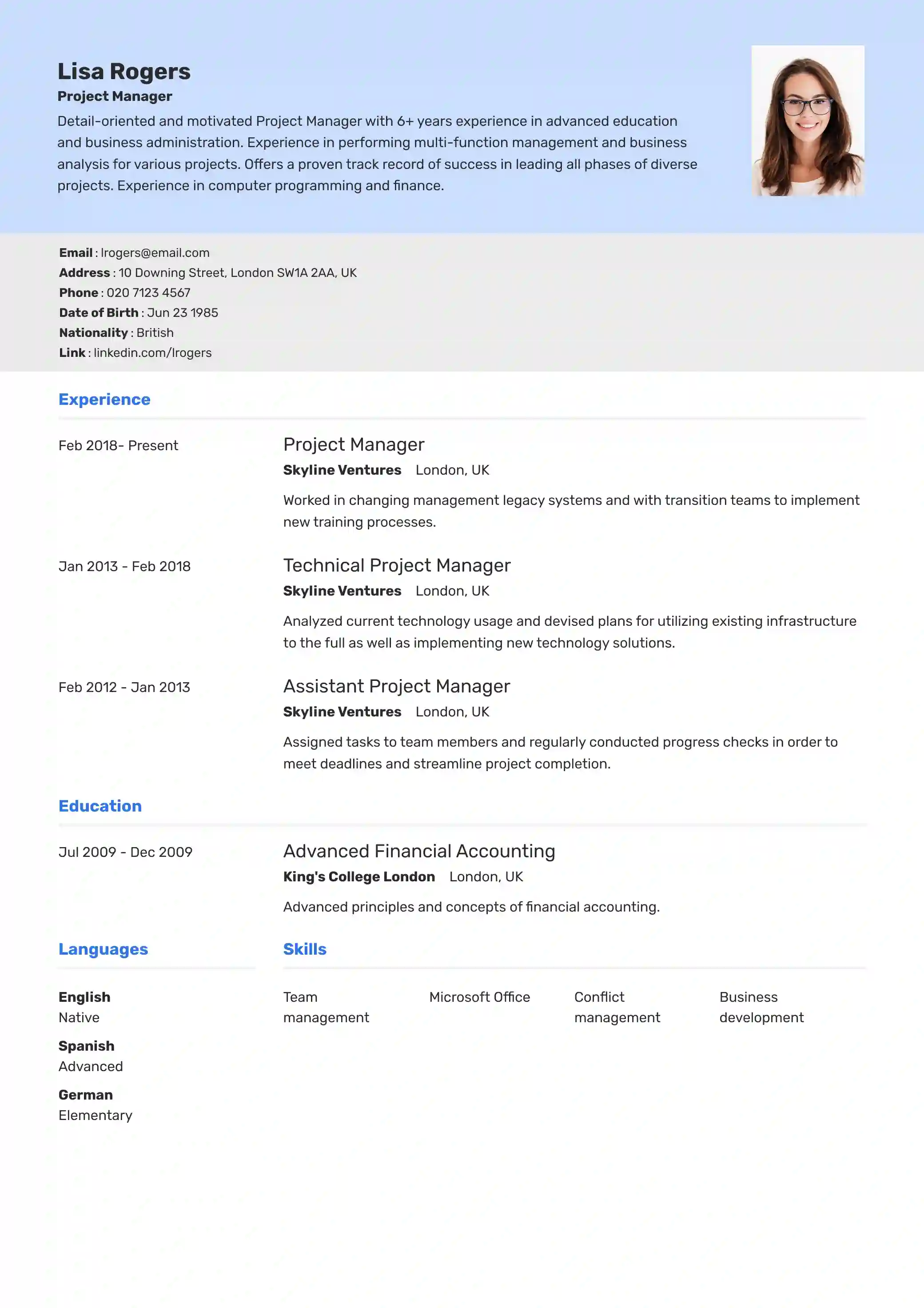
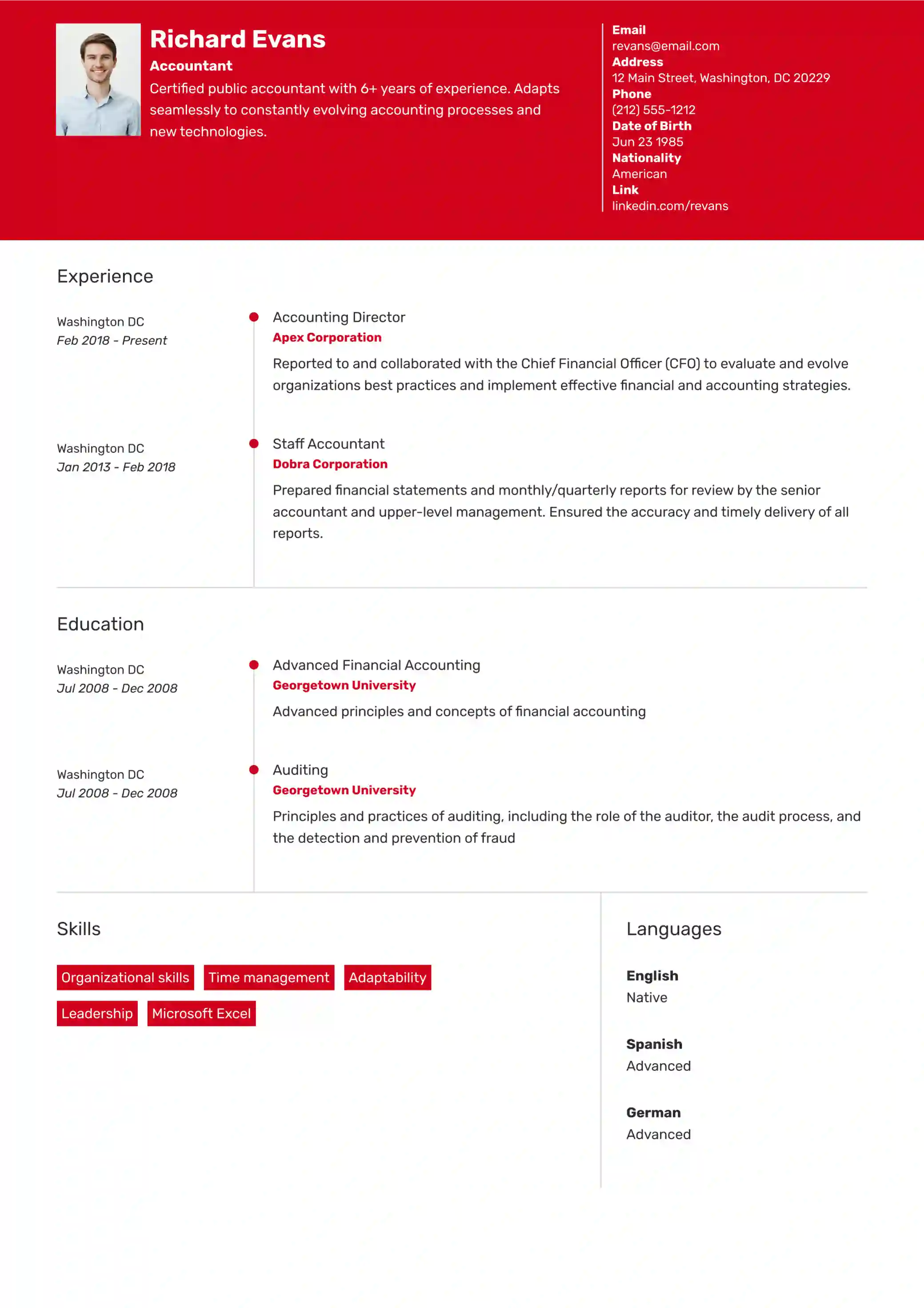
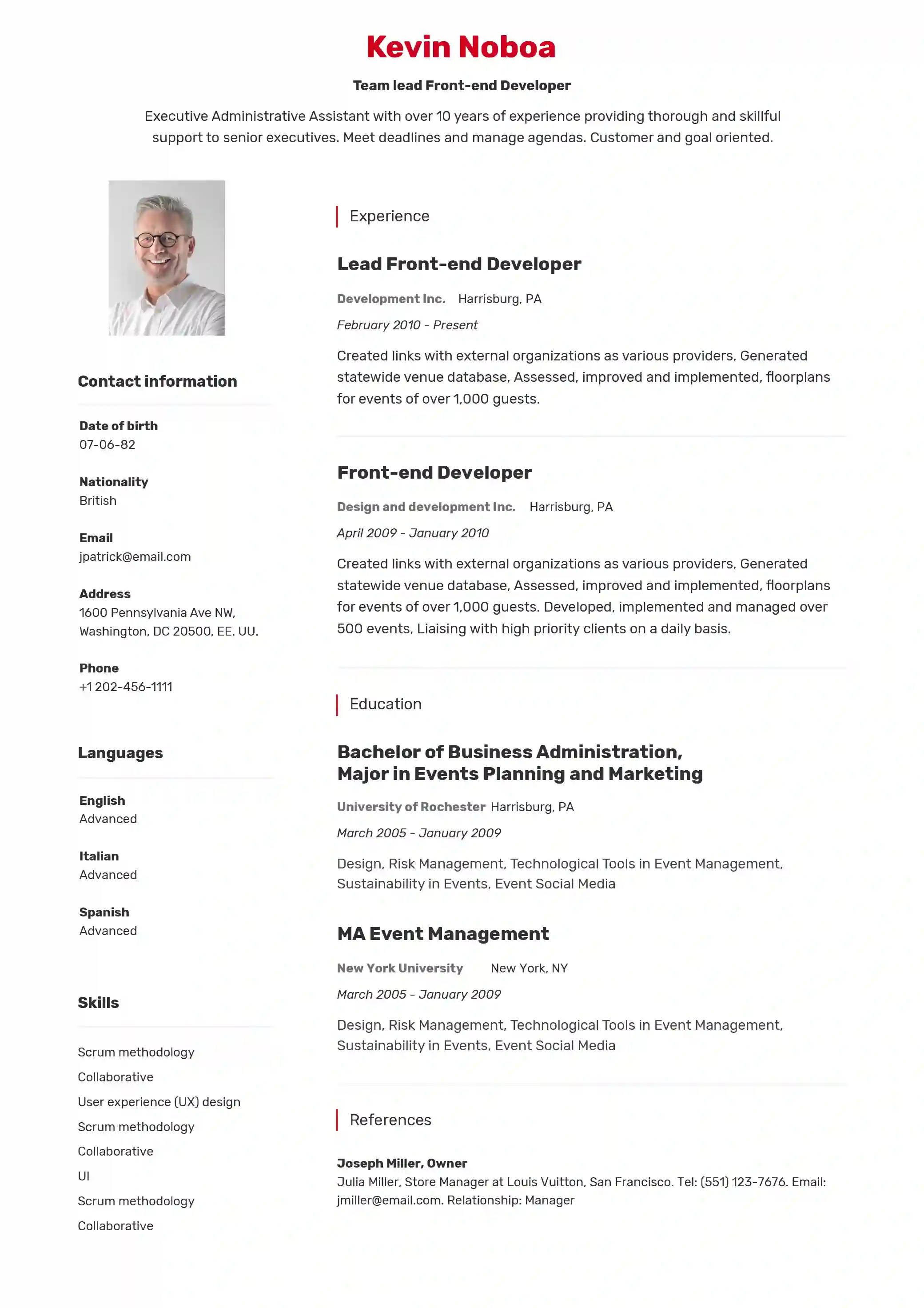
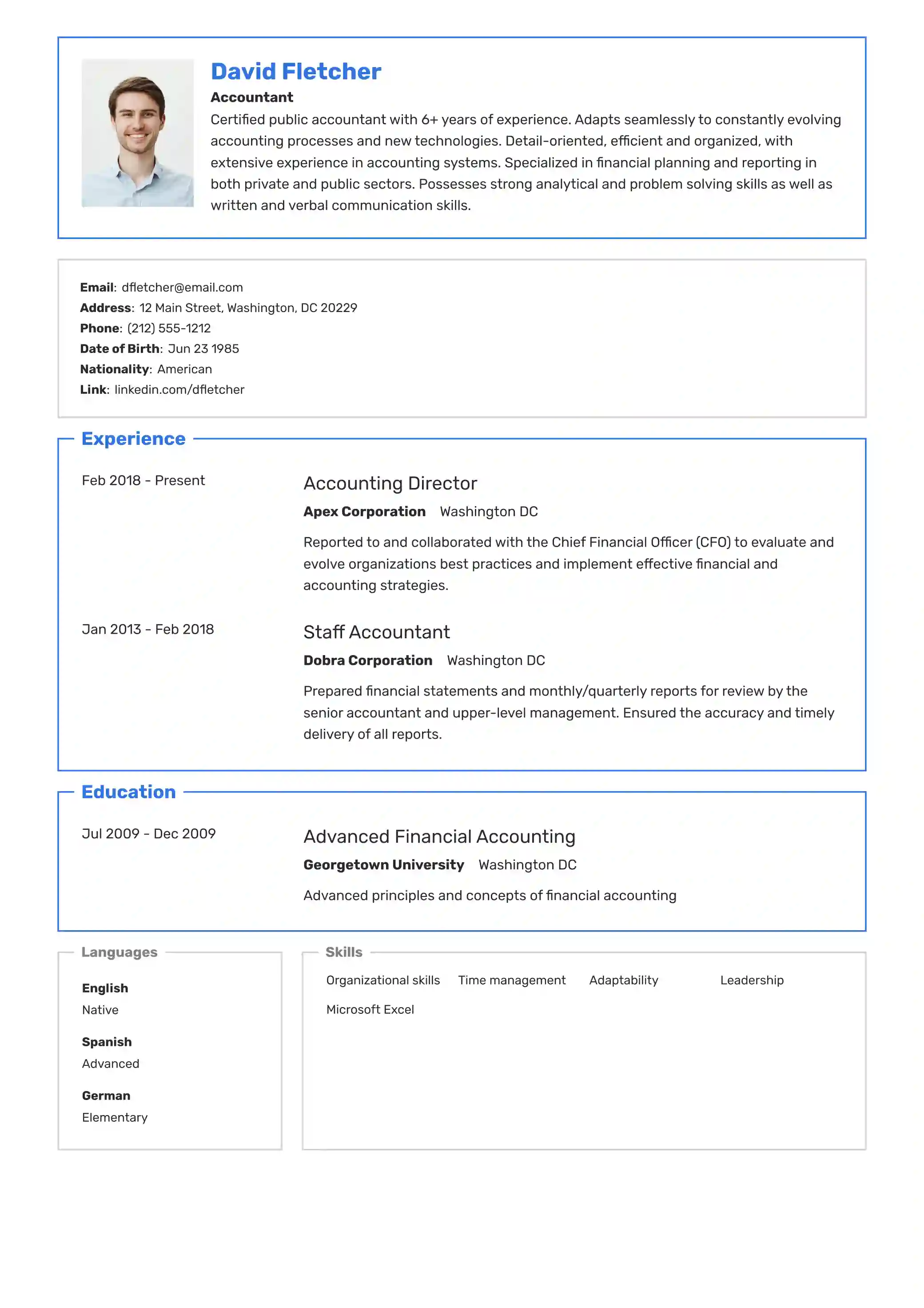
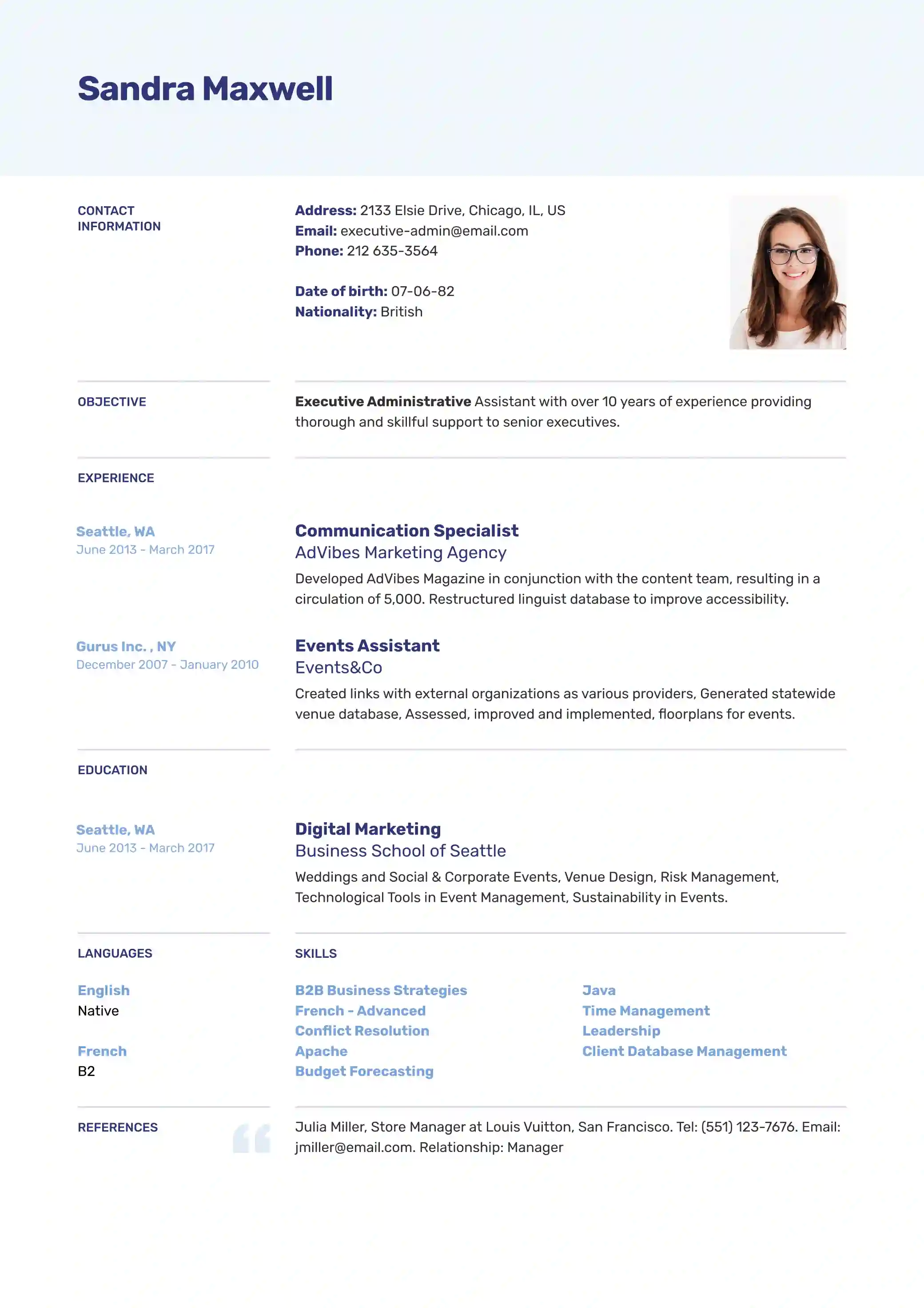
Listing publications on your resume can give you the competitive edge you need in the job market. Publications demonstrate your expertise and commitment to your field to potential employers.
By including them, you not only highlight your experience but also showcase your ability to conduct research, contribute to the advancement of knowledge, and communicate your findings effectively.
For professionals in academia, publications are especially crucial, as they exemplify your scholarly achievements and research impact.
In this article, you’ll learn:
Let’s get started!
Enrich your content with AI assistance and expert guidance
Enter your profession in the search bar and choose from AI-recommended results.
Powered by ChatGPT, it provides instant, natural language suggestions tailored for applicant tracking systems.
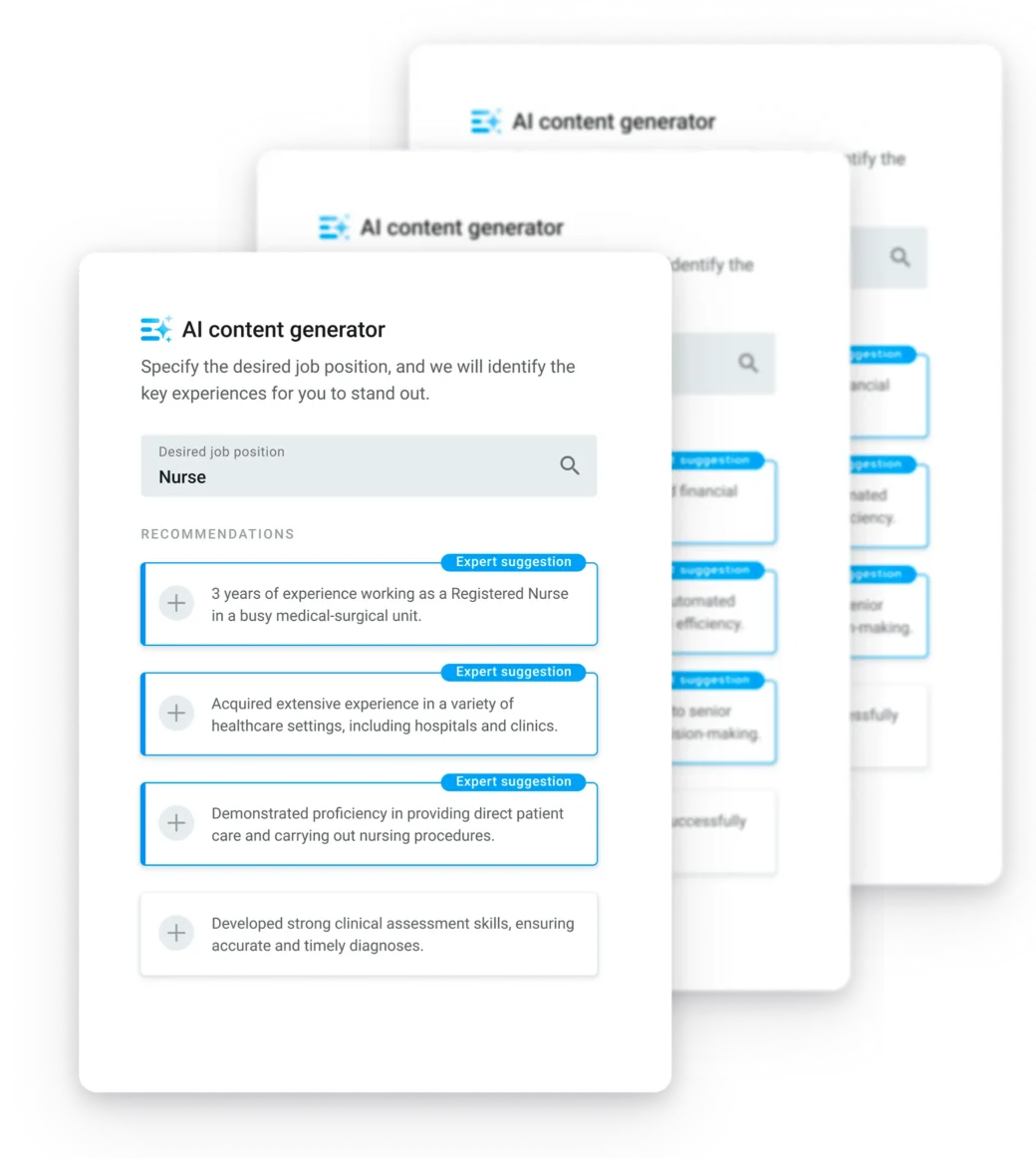
You can feature different types of publications on your resume, ranging from those with a broad readership, such as blog posts, to more specialized pieces, such as academic or scientific publications:
While blogs can be a valuable asset, you should carefully evaluate if your blog content is relevant to the position you’re applying for. It’s also equally important to ensure you don’t include any content that contains errors or incorrect information.
Any publications cited on a resume should always be relevant and accurate.
A curious hiring manager is very likely to examine the publications you listed on your resume. Recruiters typically pay attention to your writing style, the topics you address, and the strength of the arguments you present to better assess your suitability for the role.
Use our step-by-step online resume builder for additional tips and guidance. Craft a powerful resume that includes your publications and gets you the job you’re looking for.

When it comes to listing publications on your resume, it’s important to consider the industry and the job you are applying for.
Typically, professionals in academia, public relations, and marketing include publications in their resumes. However, these are particularly important for scientists too.
To make a strong impact, ensure you take the following elements into consideration:
Remember, the goal is to display your expertise and demonstrate your ability to contribute to the company or organization. Organizing and presenting your publications effectively is essential to make a strong impression on prospective employers.
If you have printed work that you want to include, there are several ways of documenting publications on a resume to pick the curiosity of hiring managers.
Categorizing your publications on your resume is an effective way to organize and present your resume in a clear and structured manner. Grouping your publications into specific categories helps you emphasize different aspects of your research and showcase your experience in various areas.
Find below several publication categories you should consider:
Remember to tailor these categories to align with the job application and the skills required for the position.
By categorizing your publications, you can provide prospective employers with a clear overview of your research and accomplishments in a way that is easy to navigate and understand.

When it comes to including publications on your resume, there are a few options for placement depending on your preference and the structure of your resume:
When deciding whether to create a separate section or integrate publications within other resume sections, consider the significance of your publications to the position you are applying for.
If your publications are highly relevant and demonstrate your expertise in the field, a separate section can help make a strong impact.
However, if your publications are not the primary focus or if they are closely tied to specific experiences or educational achievements, integrating them within the relevant sections can be very effective without cluttering your resume.
Ultimately, the goal is to make your publications easily accessible and highlight their relevance to potential employers. Think about the overall structure and flow of your resume to determine the most suitable placement option for your publications.
Including unpublished works on your resume requires careful consideration to accurately represent your ongoing research and achievements.
Here are some tips to present your unpublished works effectively:
You can accurately represent your unpublished works and maintain professional integrity on your resume by adhering to these guidelines.
It is crucial to provide comprehensive and accurate information about the status of your works, enabling employers to assess your potential contributions to their organization.
If you’re still unsure as to whether you should include publications on a resume, it may be useful to review the different resume templates to see if a publications section is ideal in your career situation.
Academic positions often require a thorough evaluation of an applicant’s research experience and scholarly activities. Hiring committees and academic institutions need to assess an individual’s track record of research, publications, and contributions to their field.
A CV allows applicants to present a detailed overview of their academic accomplishments, such as the publication of research articles in peer-reviewed journals, conference presentations, and other research-related activities.
Establish a separate section on your CV specifically for your publications. Place this section after your experience and education sections and choose only one citation style.
Below are examples of publication citations in different styles:
Smith, J., & Johnson, A. (2022). The Importance of Teamwork in Project Management. Journal of Project Management, 15(3), 45-60.
Smith, John, and Amanda Johnson. “The Importance of Teamwork in Project Management.” Journal of Project Management 15.3 (2022): 45-60.
Smith, John, and Amanda Johnson. “The Importance of Teamwork in Project Management.” Journal of Project Management 15, no. 3 (2022): 45-60.

The examples in this section cover different categories, including keynote speaker appearances, written publications, and digital publications, providing you with a clear understanding of how to feature your publications.
Use these samples as a guide to highlight your research contributions and expertise effectively:
Smith, J. (2022). “Emerging Trends in Artificial Intelligence.” Keynote Speech presented at the International Conference on Technology Innovation, New York, NY.
Johnson, A. (2021). “The Role of Leadership in Organizational Change.” Journal of Organizational Behavior, 15(2), 78-95.
Johnson, A., & Smith, J. (2023). “E-commerce in plastics manufacturing.” American Plastics Foundation Monthly. 312: 111-117
UX Research and Design in Online and Distance Learning. The UX Conference. 2016. London.
By following these examples, you can effectively feature your publications on your resume.
Please note that the specific format and details included may vary depending on the style and conventions of your industry or the specific job you are applying for.
Adapt these examples to suit your needs and ensure they align with the requirements of the position you are targeting.
To simplify the process of including publications on a resume, try our online resume builder. It offers on-the-go tips and practical examples to guide you craft this less known resume section.
Our online Resume Builder comes with extra capabilities
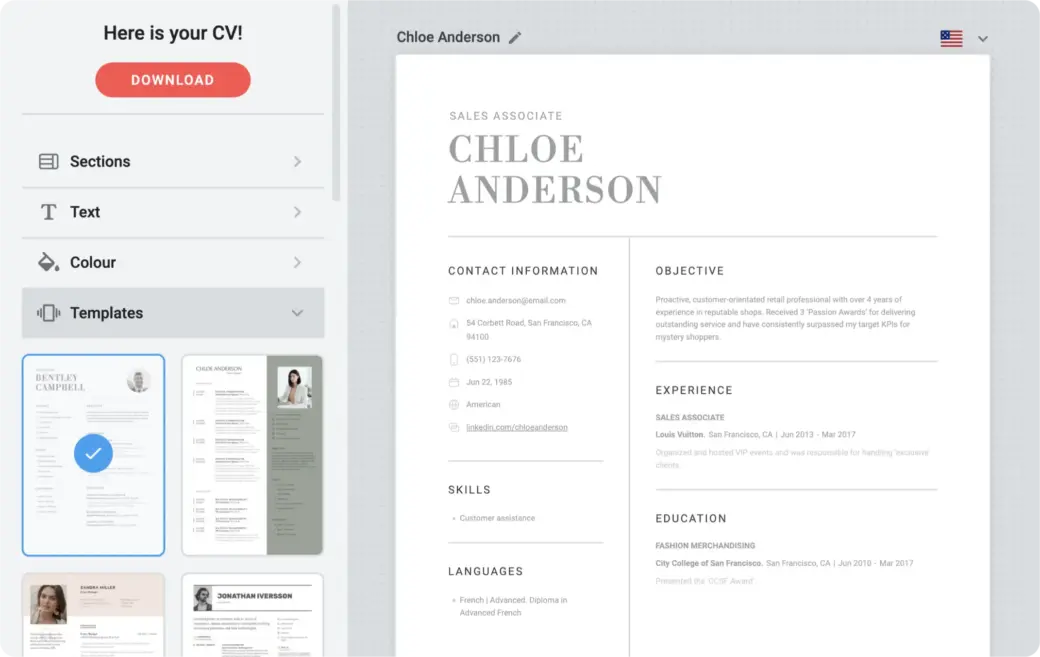

How to Write KPIs on your Resume Show an employer how impressive your career achievements have been by learning how to write KPIs on your resume. Optimize your document to perfection.
Updated on July 30, 2024
What’s the Difference Between Honors and Awards? What’s the difference between an honor and an award? Are they the same thing? Find out what they are and why they’re important for your resume.
Updated on June 11, 2024 Reading time: 5 min.How to Add a Conference or Seminar to Your Resume Learn how to give your application an extra edge by adding details of a conference or seminar on your resume. Find out when this can enhance your document.
Updated on June 21, 2024
Struggling with Resume Writing?
Ease the process with our templates